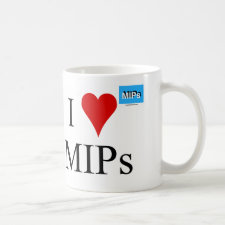
Authors: Tarannum N, Singh M
Article Title: Water-compatible surface imprinting of 'baclofen' on silica surface for selective recognition and detection in aqueous solution.
Publication date: 2012
Journal: Analytical Methods
Volume: 4
Issue: (9)
Page numbers: 3019-3026.
DOI: 10.1039/C2AY25365H
Abstract: One of the challenges being faced by molecular imprinting fraternity is water-incompatibility. We have addressed this problem in this paper by using water soluble functional monomers for preparing an imprinted polymer network. Here, silica gel was used as the supporting matrix and preparation of molecularly imprinted polymers (MIP) for baclofen (4-amino-3-p-chlorophenylbutyric acid), a skeletal muscle relaxant, was carried out on the surfaces of silica gel. An imprinting network of sulfobetaine polyelectrolyte was prepared in aqueous medium only, which was grafted onto the silica gel matrix using (3-aminopropyl) triethoxy silane as a silane coupling agent and Michael addition reaction for further propagating the polymer grafting procedure. Thus prepared MIPs were characterized by FT-IR spectroscopy and thermogravimetric analysis (TGA), providing evidence for the quality and quantity of grafted films. The binding studies showed that the MIP illustrated good recognition for baclofen as compared to non-imprinted polymers (NIPs). Meanwhile, selectivity experiments demonstrated that MIP had a high affinity to baclofen in the presence of close structural analogues (interferrants). Hence, a facile, specific, selective and water-compatible technique to detect baclofen in the presence of various interferrants is presented here and moreover these materials can be applied in HPLC as well as in capillary electrochromatography (CEC) and in addition they can be applied to different template targets
Template and target information: baclofen, 4-amino-3-p-chlorophenylbutyric acid



Join the Society for Molecular Imprinting

New items RSS feed
Sign-up for e-mail updates:
Choose between receiving an occasional newsletter or more frequent e-mail alerts.
Click here to go to the sign-up page.
Is your name elemental or peptidic? Enter your name and find out by clicking either of the buttons below!
Other products you may like:
 MIPdatabase
MIPdatabase









